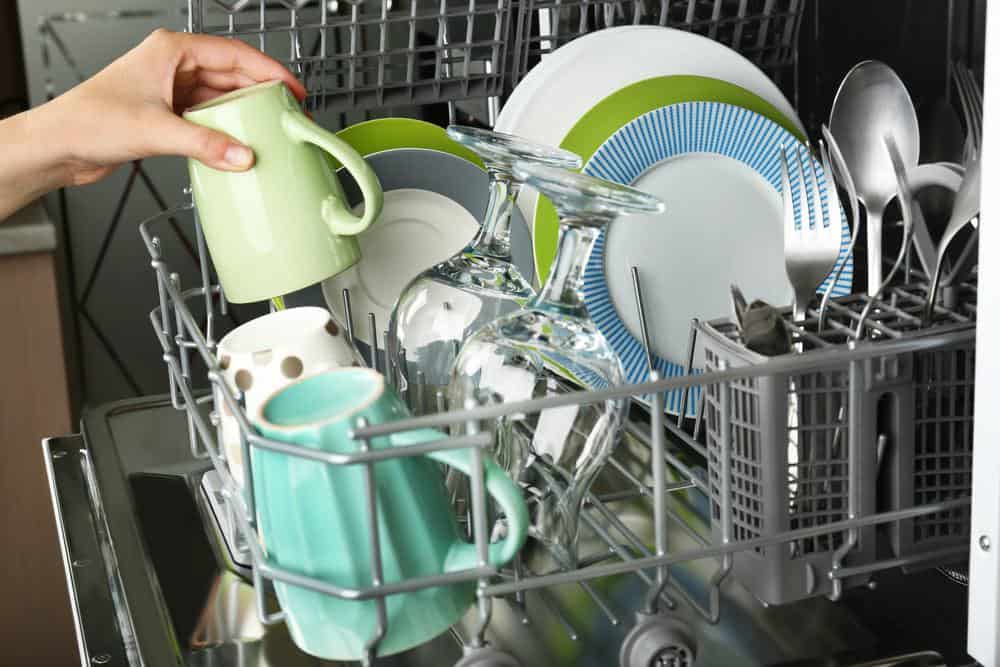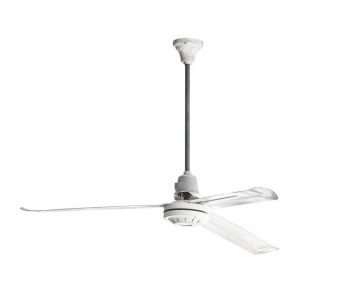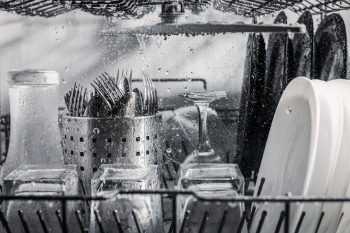
Draining a dishwasher is a task that might seem complicated, but with the right guidance, it’s something you can do yourself. This comprehensive guide will walk you through the process step by step, providing you with practical examples and detailed instructions.
To properly drain a dishwasher, first, disconnect the power and water supply. Remove any standing water with cups or containers and clean up the rest with towels. Next, remove and clean the filter, inspect and clean the drain, and straighten out the drain hose. If your dishwasher has an air gap cylinder, clean it as well. Reconnect the dishwasher, turn on the water supply, and run an empty cycle to test the drainage system.
Signs Your Dishwasher Needs Draining
Before you begin, it’s important to know the signs indicating your dishwasher needs draining. These include:
- Unusual gurgling sounds
- Slow draining or water backup
- Standing water after a wash cycle
- Dirty dishes after a cycle
- Water not pumping in or out
If you notice any of these signs, it’s crucial to address the issue promptly to prevent further damage or costly repairs.
Necessary Tools and Materials
To drain a dishwasher, you’ll need the following tools and materials:
- Towels or rags
- Bucket or container
- Pliers or adjustable wrench
- Gloves
- Wire bottle brush or wire clothes hanger
Steps to Drain a Dishwasher
Here are the steps to properly drain a dishwasher:
1. Turn Off the Power and Water Supply: Disconnect the dishwasher from the power source and turn off the water supply valve.
2. Remove Standing Water: Use cups or containers to scoop up the water in the dishwasher and dump it down your kitchen sink. Use towels to soak up any water that you aren’t able to get with the cups.
3. Check and Clean the Filter: Locate the filter at the bottom of the dishwasher, remove it, and clean it thoroughly to ensure debris isn’t blocking the water flow.
4. Inspect and Clean the Drain: Put on a pair of gloves and clean out the drain located beneath the filter in the bottom of the dishwasher.
5. Check the Drain Hose: Look for the hose underneath the sink running between it and the dishwasher. Straighten out any bends or kinks in the hose with your fingers.
6. Clean the Air Gap Cylinder (if applicable): Some dishwashers have an air gap cylinder to prevent water from flowing back into the dishwasher. Check your dishwasher’s user manual to see if your model has one and clean it if necessary.
7. Reconnect the Dishwasher: Once you’ve completed the above steps, reconnect the dishwasher to the power source and turn on the water supply valve.
8. Test the Drainage System: Run an empty cycle to see if your dishwasher is now draining normally. If the problem persists, you may need to consult a professional for further assistance.
Common Mistakes and How to Avoid Them
When draining a dishwasher, avoid these common mistakes:
- Not running the garbage disposal first
- Overloading the dishwasher or placing large items near the drain
- Using non-dishwasher-specific detergent or too much detergent
- Not cleaning the filter
- Ignoring drain hose issues
Safety Precautions
When draining a dishwasher, remember to:
- Disconnect the power supply
- Clear the area around the dishwasher
- Use caution with sharp objects
- Prevent overloading
- Allow the machine to cool
- Close the door after loading or unloading
- Store detergents safely
- Follow detergent instructions
Maintaining Your Dishwasher After Draining
After draining your dishwasher, follow these maintenance steps:
- Clean the dishwasher filter
- Check for blockages
- Run the garbage disposal
- Use a descaler for hard water
- Load the dishwasher correctly
- Use the right detergent
- Regularly clean the dishwasher
- Schedule professional maintenance
By following these steps, you can ensure that your dishwasher continues to function optimally, providing clean, spot-free dishes every time. Remember, regular maintenance can help extend the lifespan of your dishwasher, saving you time and money in the long run.
Frequently Asked Questions
How often should I clean my dishwasher filter?
It’s recommended to clean your dishwasher filter once a month or as often as your user manual suggests.
Can I use vinegar or baking soda to clean my dishwasher?
Yes, you can use vinegar or baking soda to clean your dishwasher. To do so, place a cup of white vinegar in the top rack of your dishwasher or sprinkle baking soda on the bottom of the dishwasher and run a hot water cycle.
What should I do if my dishwasher is still not draining after following the steps?
If your dishwasher is still not draining after following the steps, it’s best to consult a professional. The issue may be more complex and might require expert intervention.
What causes a dishwasher to not drain?
A dishwasher may not drain due to various reasons such as a clogged filter, a blocked drain, a kinked drain hose, or a faulty pump.
Can I use any detergent for my dishwasher?
No, you should only use detergent specifically designed for dishwashers. Regular dish soap or laundry detergent can create too many suds, which can damage the machine.












